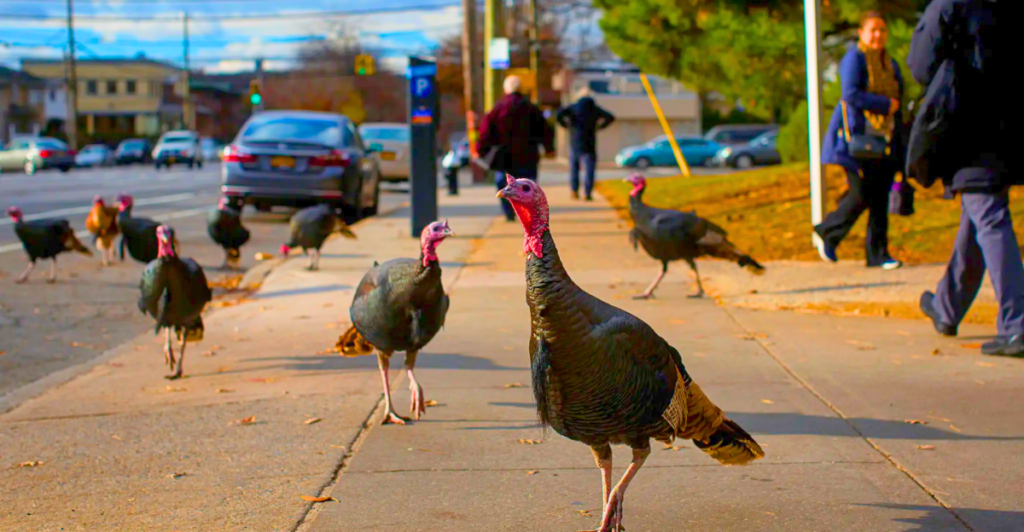
Once on the brink of disappearing, wild turkeys have made a stunning comeback across the U.S. Today, millions roam forests, fields, and backyards, thriving in states with ideal habitats. But which states have the largest turkey populations, with one having over half a million birds? Let’s find out the top regions where these iconic birds rule the wild!
The Wild Turkey Comeback Story
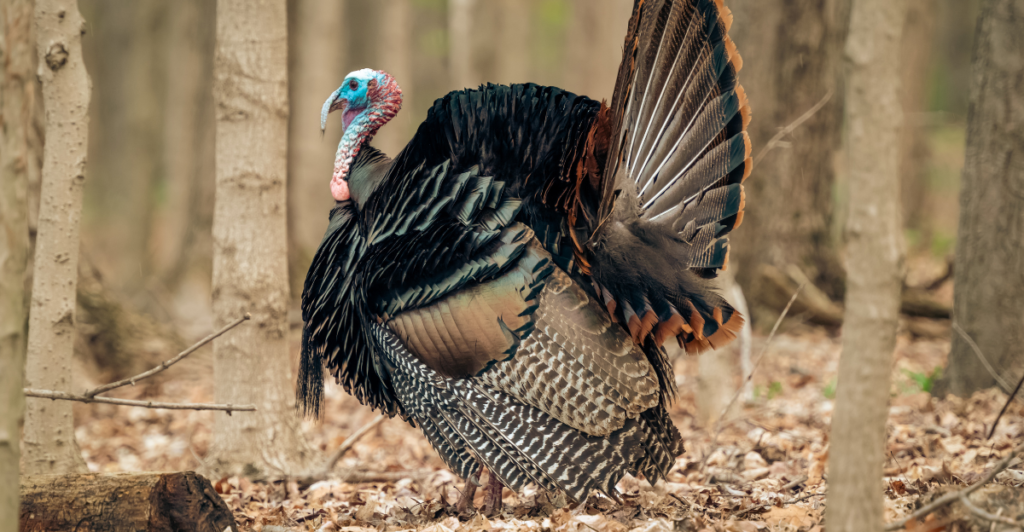
Thanks to conservation efforts, wild turkeys have made a remarkable comeback. These birds, once on the brink of extinction, are now thriving across the U.S. With habitat restoration and hunting regulations, turkey populations have soared, bringing them back to areas they haven’t seen in decades. It’s a true conservation success story!
Texas: The Wild Turkey Capital
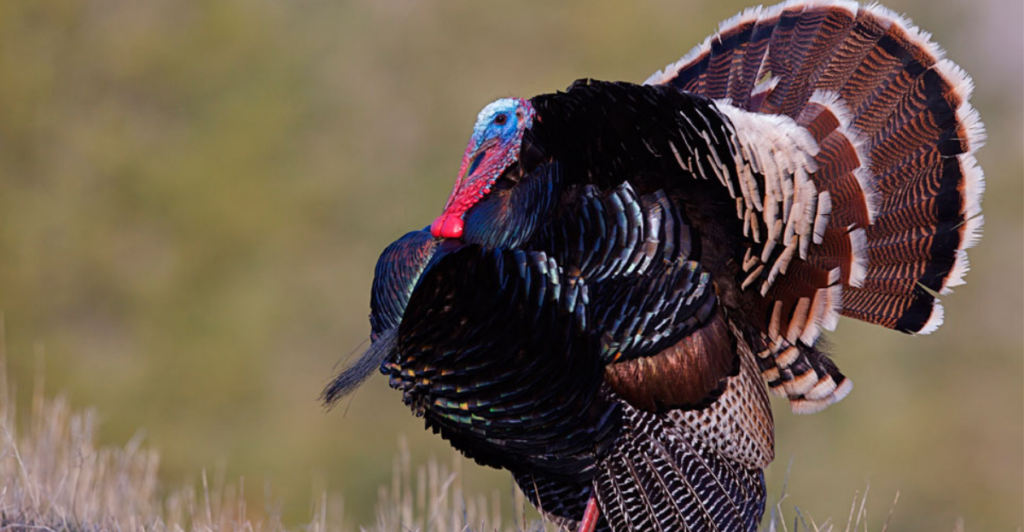
Texas is home to the nation’s largest wild turkey population—510,500 birds. The state’s diverse landscapes provide the perfect environment, from forests to grasslands. As the leader in turkey numbers, Texas also boasts a growing harvest, with hunters taking over 25,000 birds yearly. Texas truly reigns as the wild turkey capital!
Missouri’s Turkey Legacy
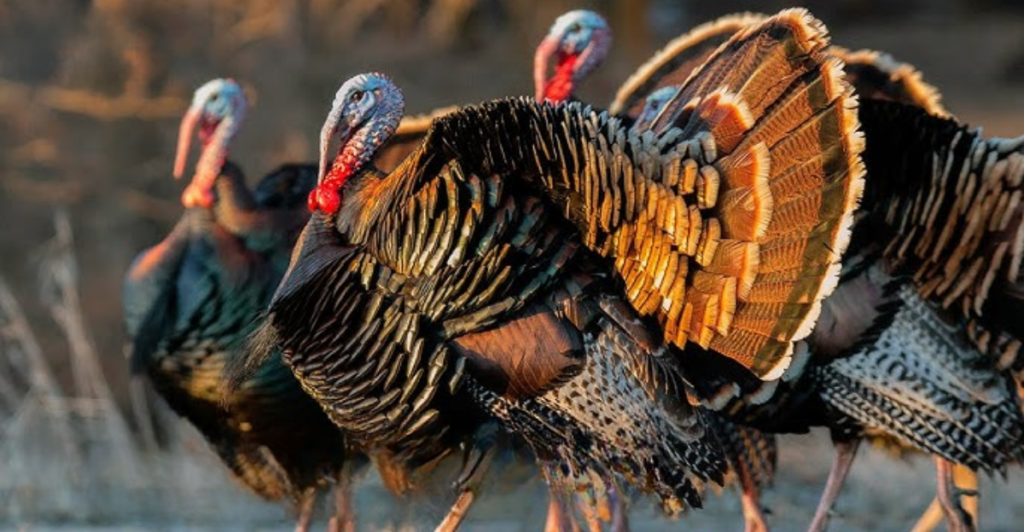
Missouri is a turkey powerhouse with 390,000 wild turkeys. While it doesn’t top Texas in numbers, Missouri stands out with the highest turkey harvest—35,000 birds annually. The state’s stable turkey population is a testament to effective management and hunting practices. Missouri proves that quality counts over sheer numbers!
California’s Surprising Turkey Boom
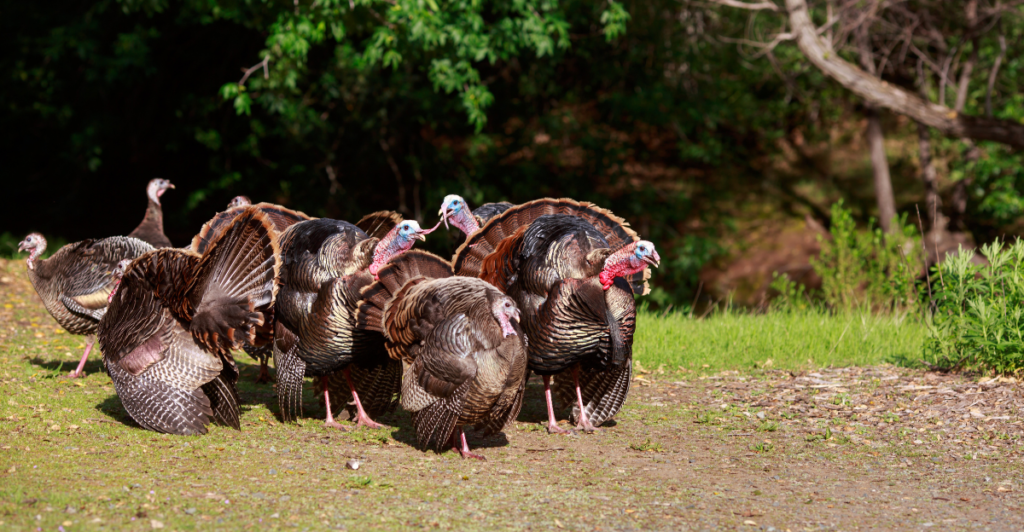
With a population of 300,000-400,000 wild turkeys, California might surprise some as a turkey hotspot. Despite its bustling cities and coastal regions, California’s rural areas are a haven for turkeys. The state is actively monitoring turkey populations, ensuring they stay balanced while hunters enjoy one of the largest turkey harvests in the country.
Mississippi’s Stronghold
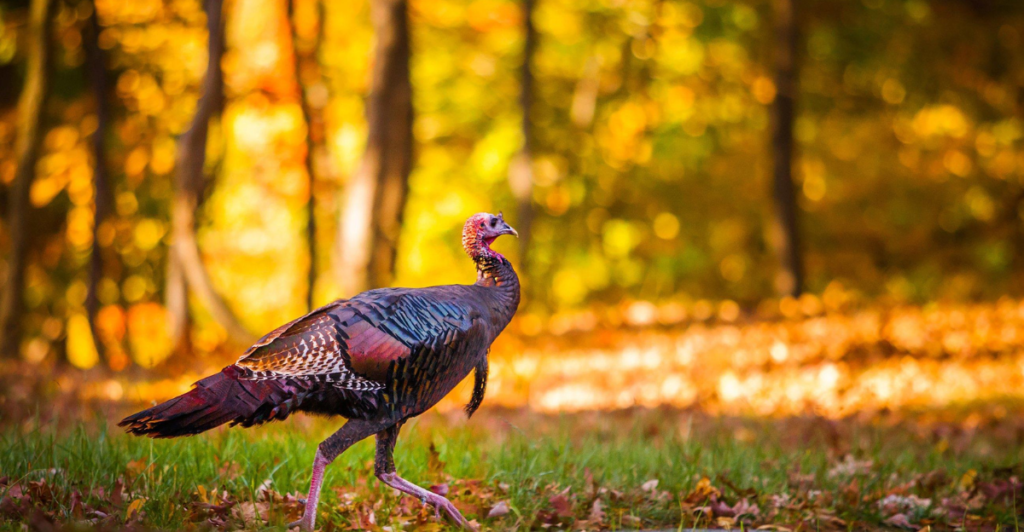
The wild turkey population thrives here, with an estimated 225,000-275,000 turkeys. With its lush forests and wetlands, Mississippi offers the perfect habitat for turkeys. Hunters enjoy a solid turkey harvest of 22,500 birds annually. Despite its relatively smaller population, Mississippi’s turkey scene is one of the most stable in the nation.
North Carolina’s Growing Flock
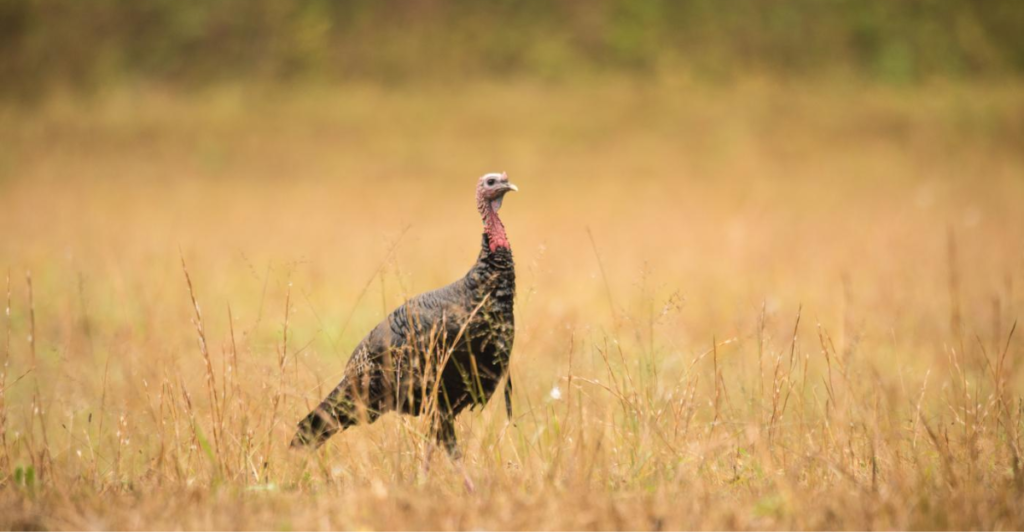
With a population of 270,000 wild turkeys, North Carolina is seeing rapid growth in its turkey numbers. Habitat restoration and stricter hunting regulations have led to an increasing trend, making it one of the rising stars in turkey conservation. The state’s beautiful woodlands and hills provide ideal nesting grounds for these resilient birds.
Tennessee’s Turkey Hunters’ Paradise
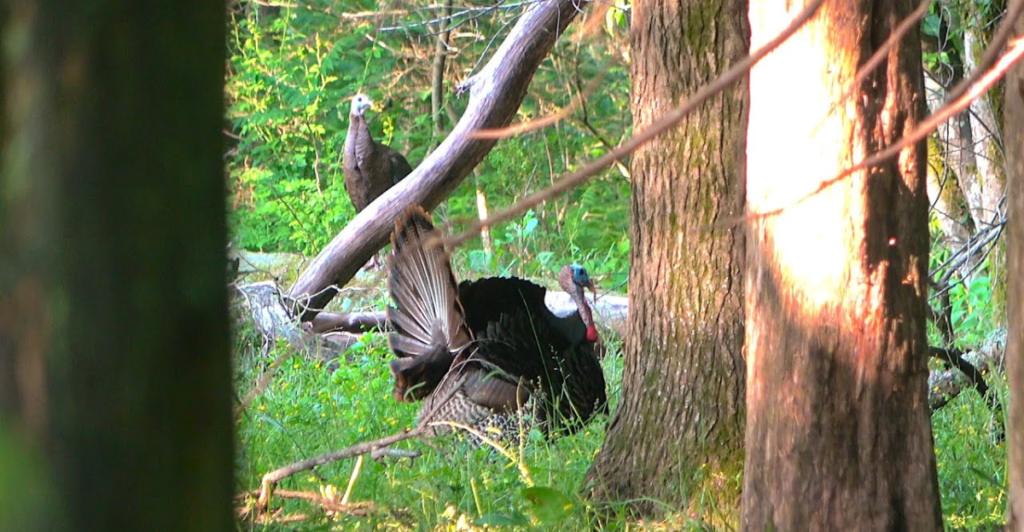
Tennessee ranks high for its turkey harvest, with hunters bagging a record 50,000 birds per year. While its turkey population sits at 250,000, its harvest per capita is the highest in the nation. Tennessee’s management practices ensure that turkey populations remain stable, making it a prime destination for turkey hunters.
Why Some States Have Fewer Wild Turkeys
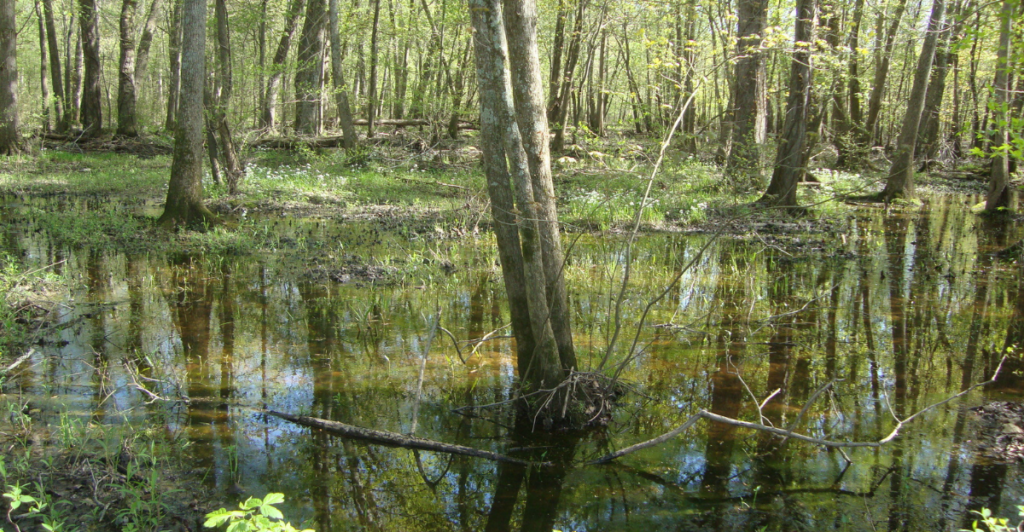
Not all states have huge turkey populations. Factors like climate, habitat loss, and hunting pressures keep turkey numbers down. Some regions lack the right mix of forested areas, open fields, and wetlands needed to sustain thriving wild turkey populations.
How Turkey Populations Are Tracked
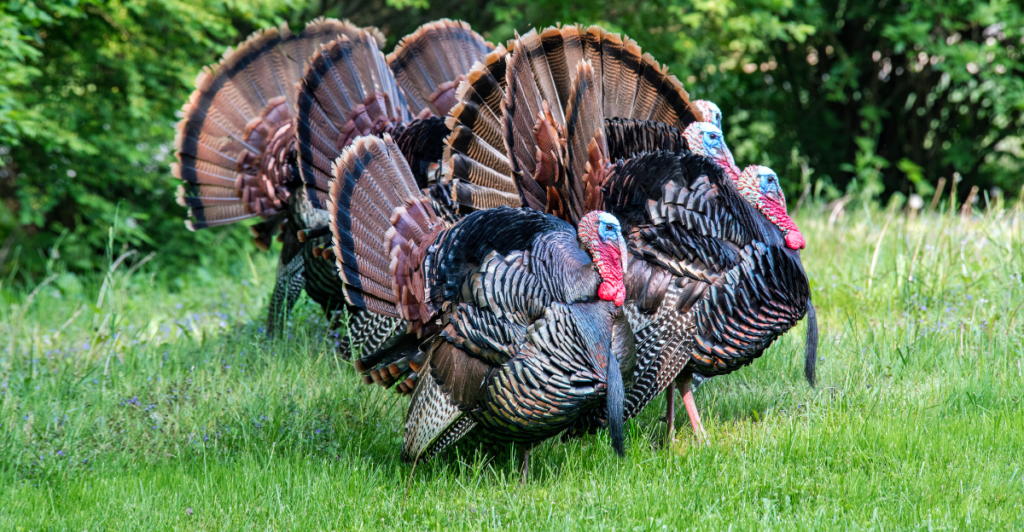
Wildlife experts use various methods to track turkey populations. These tools provide a clear picture of turkey numbers, from surveys and habitat assessments to hunter reports. The data helps state agencies adjust regulations and ensure populations remain healthy and sustainable for future generations.
The Role Of Hunting In Turkey Conservation
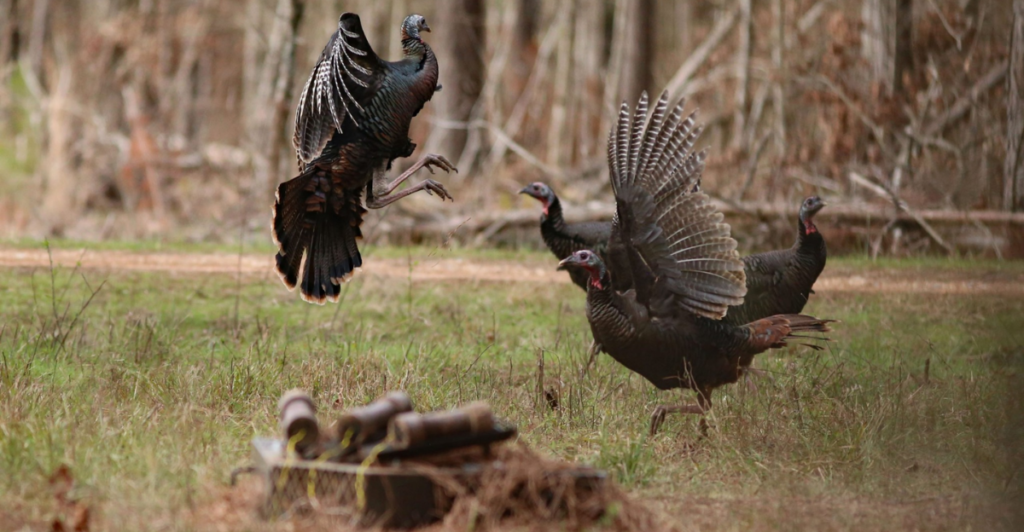
Hunting isn’t just a recreational activity—it’s a key part of turkey conservation. Managed hunting programs help control turkey numbers, prevent overpopulation, and ensure healthy habitats. Harvest data also provides valuable insights into turkey health and behavior, helping wildlife agencies maintain balance across turkey populations.
The Different Wild Turkey Subspecies
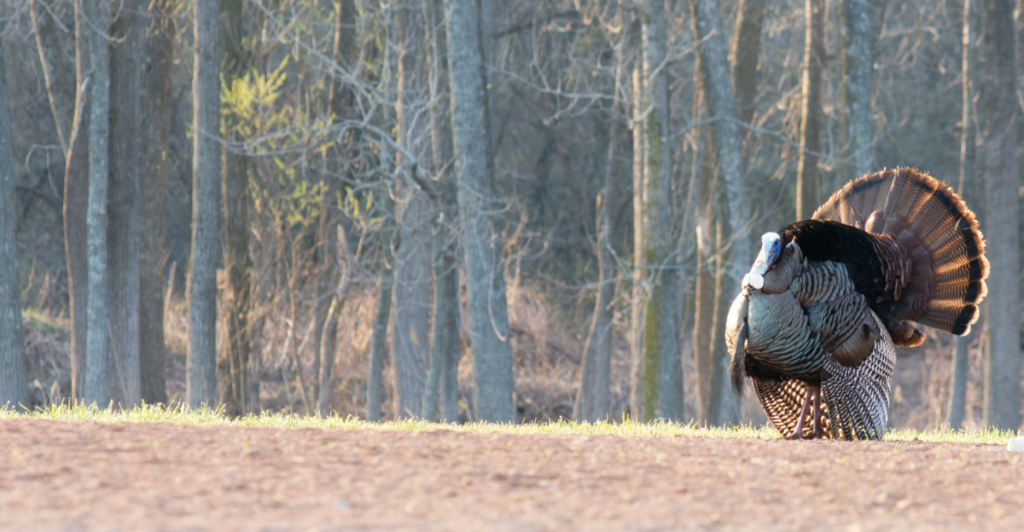
The U.S. is home to five wild turkey subspecies, each with unique characteristics. From the Eastern Wild Turkey in the northeast to the Merriam’s Turkey in the West, each subspecies thrives in its specific habitat. Understanding these differences helps wildlife managers protect these diverse populations in the right environments.
The Future Of Wild Turkeys In America
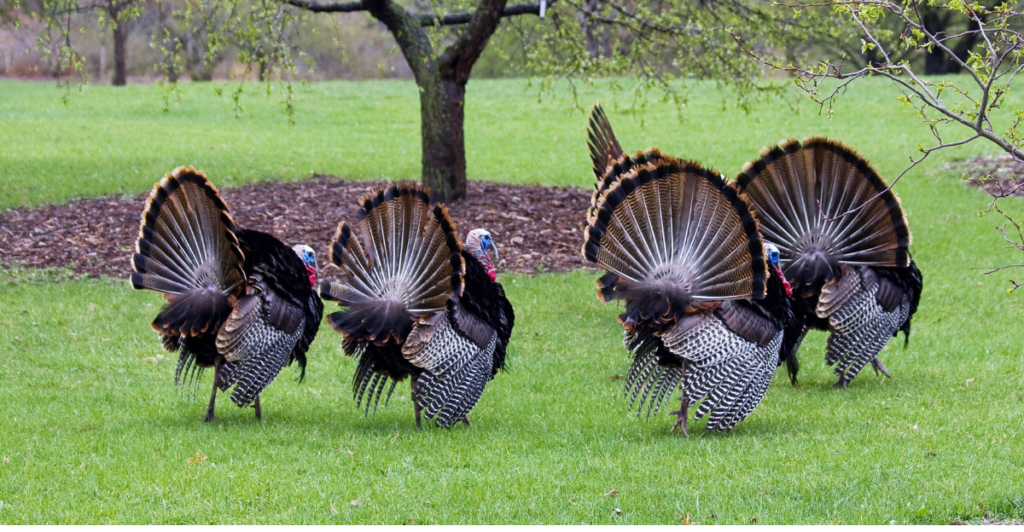
Thanks to effective management, wild turkeys are here to stay. Populations are stable or increasing in most states, and conservation efforts continue to improve habitats. But challenges like climate change and urban sprawl threaten their future. Keeping turkeys thriving requires ongoing attention to their environment and sustainable hunting practices.
Discover more of our trending stories and follow us to keep them appearing in your feed

Bison Return Home To Native American Lands After Being Pushed To The Brink Of Extinction
Why Indigenous Guardians Are Forming a Sacred Pact to Save Colombia’s Lowland Tapirs
The War on Cows Is Over—And Green Extremists Have Lost
There Will Be Eruptions”: Concerns Mount as Yellowstone Supervolcano Activity Shifts
References:
Reference 1
Reference 2
This article first appeared here
Stay connected with us for more stories like this! Follow us to get the latest updates or hit the Follow button at the top of this article, and let us know what you think by leaving your feedback below. We’d love to hear from you!







